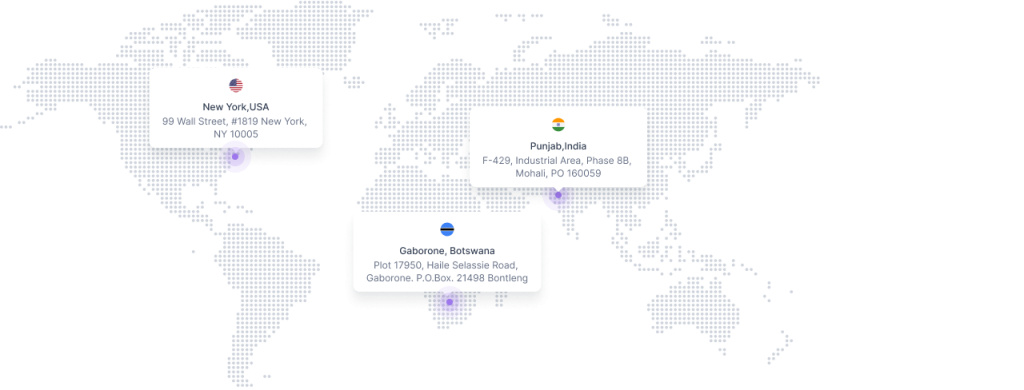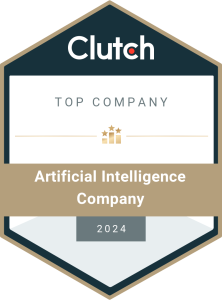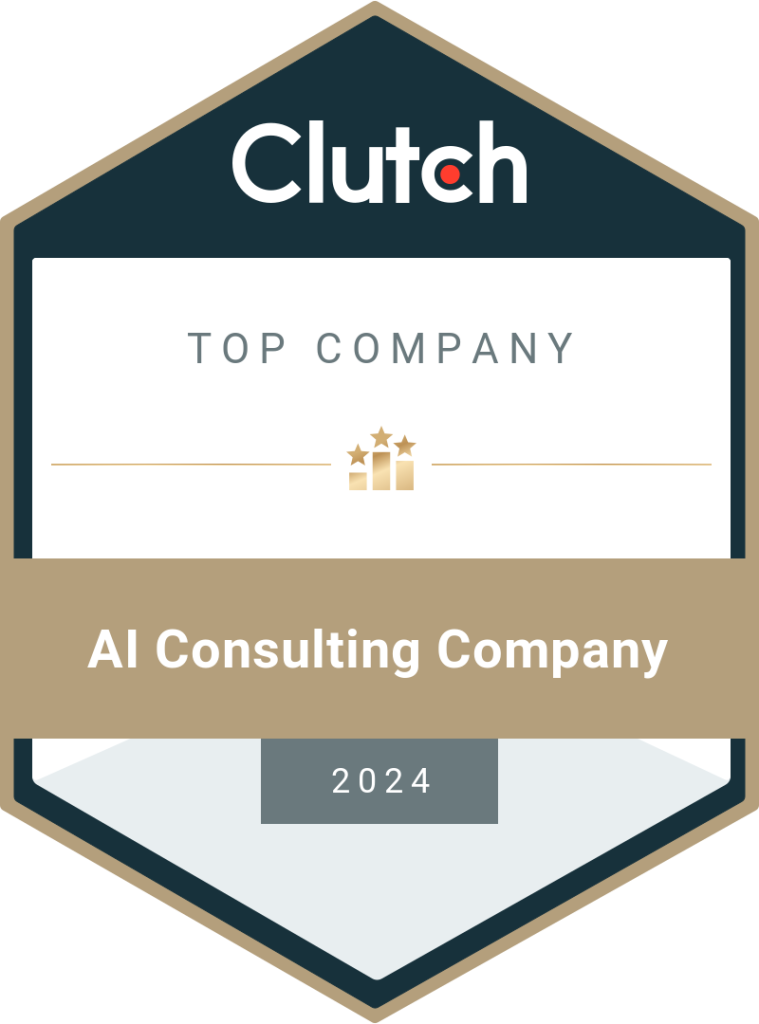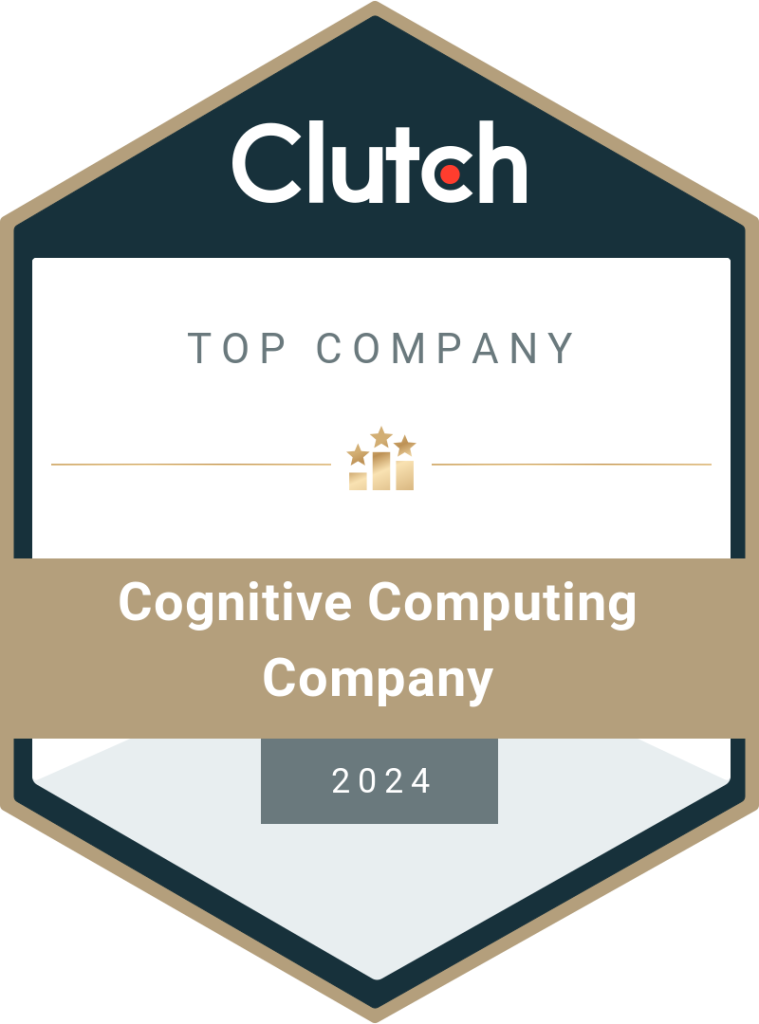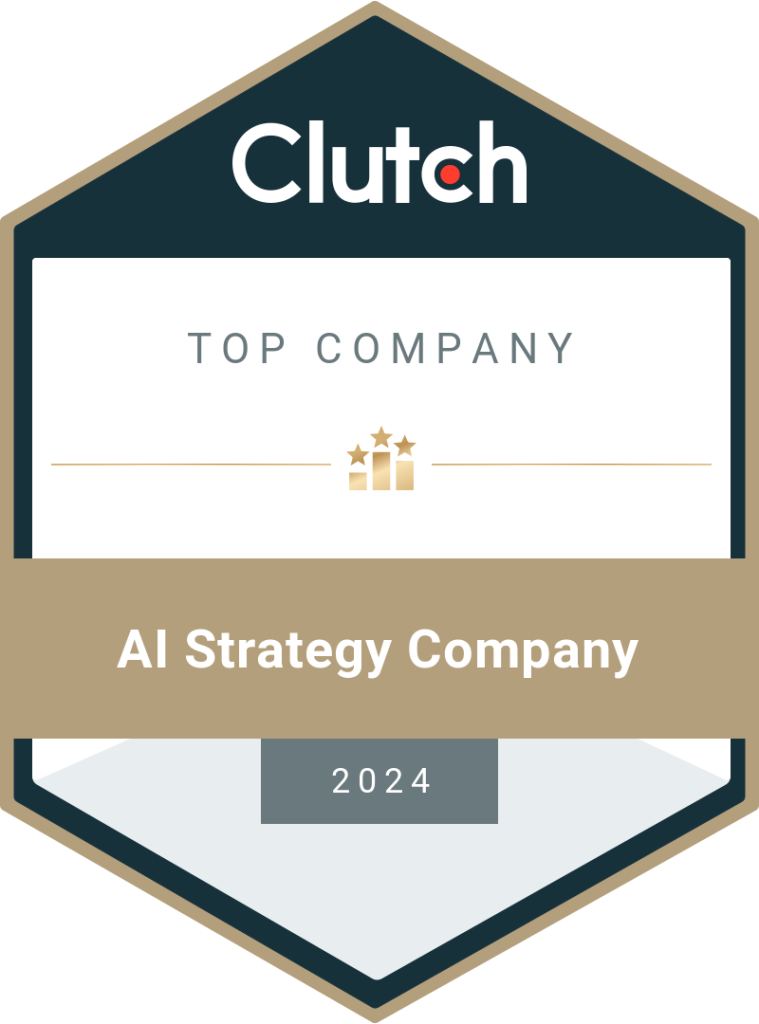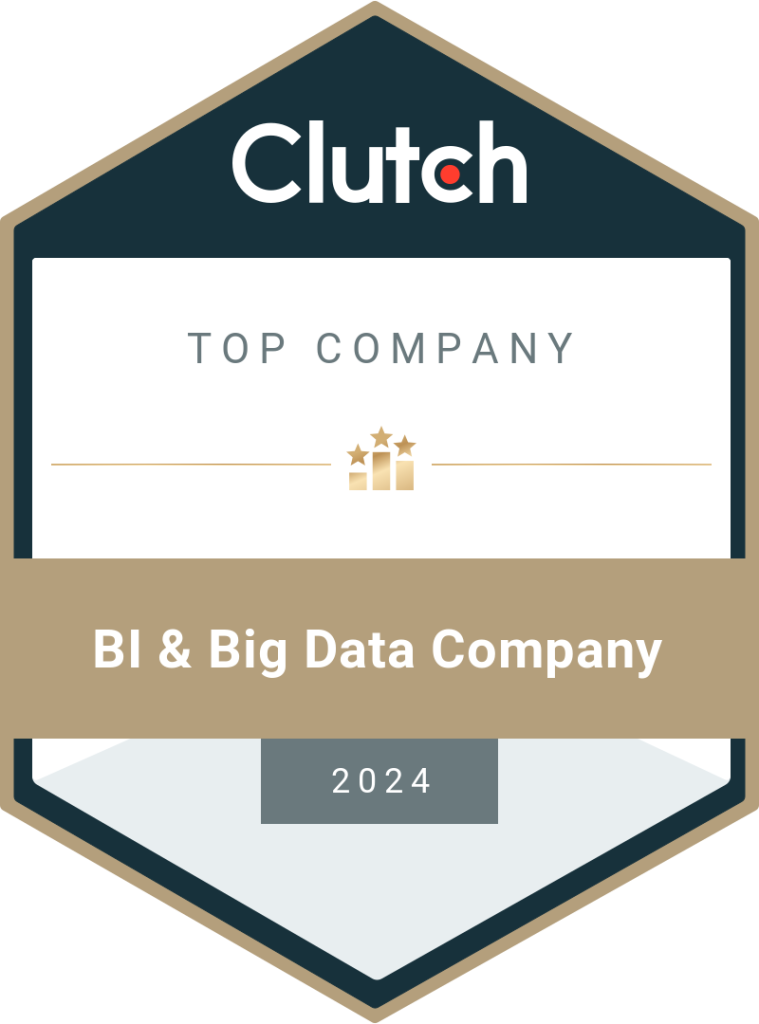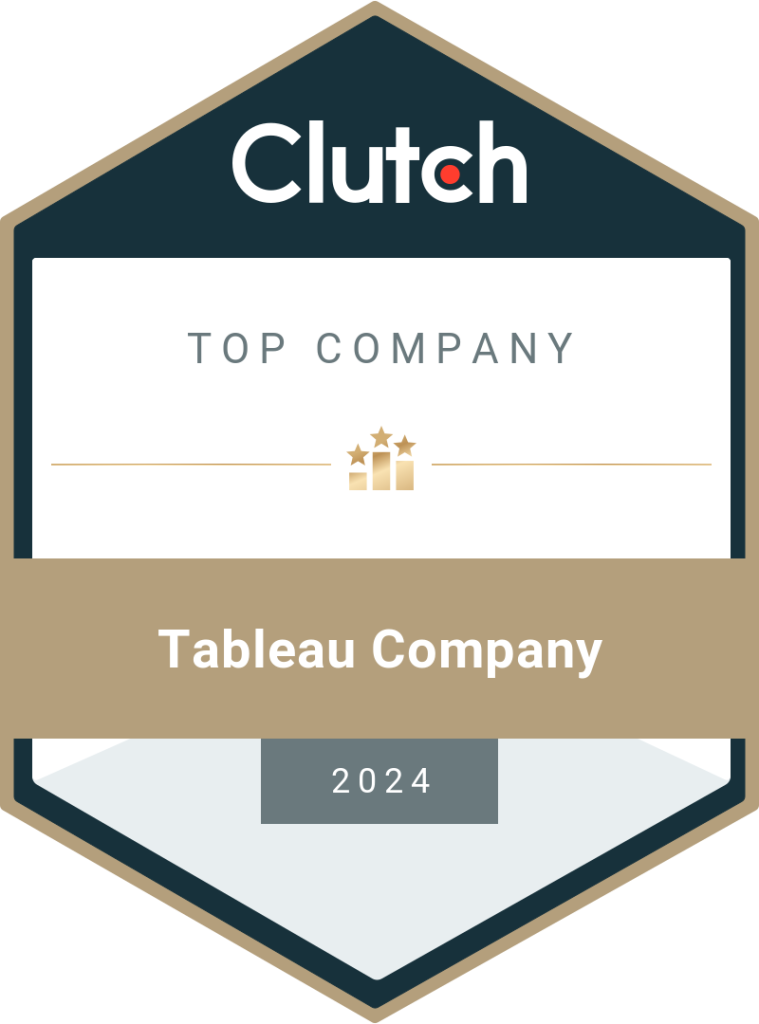After reviewing the objectives and challenges, our analytics experts identified the need to develop a medication oversight system. This system aimed to manage medications effectively, optimize data processes for better analytics, establish real-time alerts, and manage high-risk drugs within the healthcare IT sector.
-
Data Integration: To efficiently handle medication-related data, we performed real-time data capture from various sources within the healthcare system, such as Electronic Health Records (EHRs), pharmacy management systems, and laboratory databases.
-
ETL Process: DataToBiz implemented ETL tools to extract, transform, and load data from multiple sources, including EHRs and pharmacy records, into a centralized data warehouse.
-
Data Validation Framework: Automated data checks, consistency checks, and data profiling were established to ensure data quality and reliability.
-
Amazon Redshift Usage: Amazon Redshift was employed as the data warehousing solution for scalable and high-performance storage of treatments and medication-related data.
-
Tableau Integration: Tableau was integrated with Amazon Redshift to facilitate seamless data extraction for visualization.
-
Alerting Mechanism: An alerting mechanism was integrated into Tableau dashboards to notify healthcare providers of illegal or contraindicated drugs, with recommendations for alternative medications.


